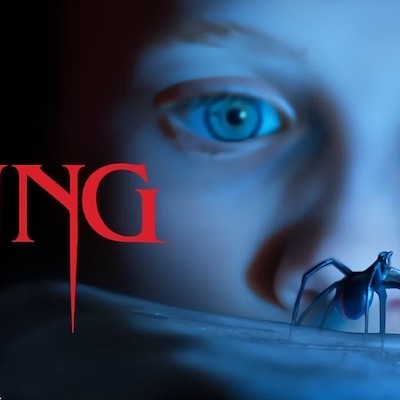The setup:
On October 25-27, choreographers Catalina Molnari and Toni Leago Valle, alongside dance photographer Lynn Lane, presented Regifting Lions, a dance concert that investigated the theme of trauma survival, at Barnevelder Movement/Arts.
The execution:
Lions makes a strong first impression. The performance opens with its six dancers in a gridlock, hands wrapped around limbs in protection. They alternately grab and hold one another, the central dancer unsure if this community around her is for the better or the worse. The movement in this segment manages to be both light and weighted, which makes for some exciting moments when the six move together as an ensemble.
But the dance's primary interest, the survivor's relationship to the community, is best highlighted when the central figure is in opposition to the rest of the group. In a particularly moving sequence, she teeters forward while the other five attempt to hold her back, as if they are preventing her from falling into an even darker abyss. The original score by George Heathco is permeated with the ticking of a clock. The implication is a beautiful one, that community as well as time is essential to the healing process.
After this opening sequence, however, it is unclear what direction this exploration of survival is taking. The second segment is more ominous in tone than the first. The three dancers move into the floor and out of it with violent, almost destructive energy. The movement is exciting to watch, but the relationships between the performers are unclear. Who is the survivor, and what is he/she surviving? And more importantly, why do they approach each other with such trepidation?
The dance phrases themselves are not a problem, but there doesn't appear to be a recognizable motif that gives any sense of cohesiveness to the choreography. On second thought, that may very well be the point, that trauma is an unwieldy, cyclonic force, but there is no indicator within the patterns that ties them to this theme.
In what might be considered the third segment, there is a solo that is watched by not only the audience but by the five other dancers huddled together in the wings. The solo ends with the dancer looking upwards, a sense of relief that the trials are over spread across her face. This solo might have been better served if the dancer had been brought to the forefront earlier in the concert. Then the audience might be able to clearly identify a trajectory of adversity. But as it stands, she is left to rise as a focal point too late to empathize with her resilience.
The verdict:
The movement in Regifting Lions is for the most part interesting, and the dancers are completely committed to the material, but after the lovely first segment about the survivor's relationship to community, the rest of the concert does not adequately establish an exploration of its theme. Yes, this is a personal investigation of survival, but I can't help but get the impression that the finished product is a bit too rarefied for such a universal concept. Under the most basic definition, even the most privileged of us are survivors; there is not a person among us who has not experienced some sort of loss or personal tragedy. In watching Regifting Lions, I wanted to somehow share in the survivor's triumph over adversity. Unfortunately, it is difficult to share in anything that is largely unrecognizable.





